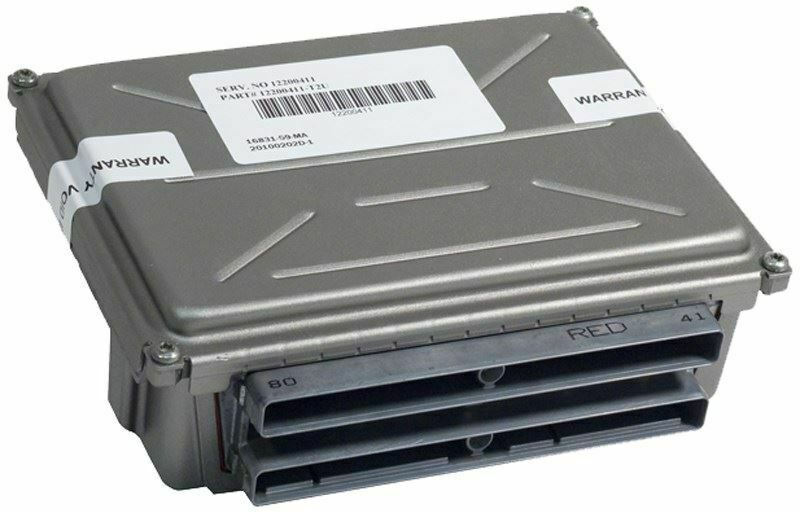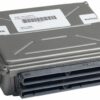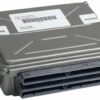Is Your 2004 Chevrolet SSR Running Rough? The ECM Might Be the Culprit.
The Electronic Control Module (ECM), often called the Powertrain Control Module (PCM), is the central computer of your 2004 Chevrolet SSR. It’s responsible for managing everything from fuel injection and ignition timing to transmission shift points and emissions controls. When this critical component begins to fail, it can cause a wide array of frustrating and often difficult-to-diagnose problems. If you’re experiencing perplexing performance issues, a faulty ECM could be the root cause, preventing your unique sport truck from performing as it should.
Common Symptoms of a Failing 2004 SSR ECM
A failing engine computer can manifest in numerous ways. If your vehicle is exhibiting any of the following symptoms, it’s time to consider the health of your ECM:
- ✔ Persistent Check Engine Light: The light stays on even after addressing other potential issues.
- ✔ Engine Stalling or Misfiring: The engine may misfire, run rough, or stall unexpectedly while driving or at idle.
- ✔ No-Start Condition: The engine cranks but refuses to start, despite having good fuel and spark.
- ✔ Poor Fuel Economy: A sudden and unexplained drop in your vehicle’s gas mileage.
- ✔ Erratic Transmission Shifting: The automatic transmission may shift harshly, late, or get stuck in one gear.
- ✔ Communication Errors: A scan tool may be unable to communicate with the ECM, indicating a total failure.
- ✔ Reduced Engine Power: The vehicle feels sluggish and lacks the acceleration it once had.
The Direct-Fit Solution for Your Vehicle
This ECM, part number 89017739 (interchangeable with 12586243), is the reliable solution to restore your vehicle’s performance and drivability. We take the guesswork and hassle out of the replacement process. Unlike a generic module from a parts store or salvage yard, this unit comes pre-programmed specifically for your vehicle. All you need to do is provide us with your Vehicle Identification Number (VIN) during checkout. Our technicians will flash the module with the latest, most stable software updates directly from GM. This ensures optimal performance, fuel efficiency, and compatibility with all your vehicle’s systems right out of the box.
Installation is straightforward for the DIY mechanic or any professional technician. On the 2004 SSR, the ECM is typically located in the engine bay, next to the air filter box. By ordering this pre-programmed module, you avoid expensive trips to the dealership for programming, saving you both time and money. While the unit is designed for a simple installation, some GM vehicles of this era may require a security relearn procedure (often called a CASE relearn or Passlock relearn) to sync the new ECM with the vehicle’s anti-theft system. This procedure is simple and can typically be performed without special tools.
Frequently Asked Questions
Do I need to get this 2004 SSR ECM programmed by a dealer?
No. We handle all the programming for you before we ship the part. Simply provide your vehicle’s VIN at checkout, and it will arrive ready to be installed with the latest GM software updates.
What information do you need from me?
We only need your 17-digit Vehicle Identification Number (VIN). This allows us to program the ECM with the exact software and calibration file for your specific vehicle configuration.
Where is the ECM located on a 2004 Chevrolet SSR?
On the 2004 SSR, the Electronic Control Module is located in the engine compartment, typically mounted next to the air filter housing for easy access.
Will this part fix my check engine light?
If the check engine light and associated fault codes are being caused by a faulty ECM, then this replacement part will solve the issue. It’s crucial to properly diagnose the problem first to ensure the ECM is the component at fault.
Is any additional setup required after installation?
In many cases, it’s a direct plug-and-play installation. However, some GM vehicles may require a security relearn procedure to sync the new module with the anti-theft system. This can usually be done without any special tools by following a simple key-on/key-off sequence.


